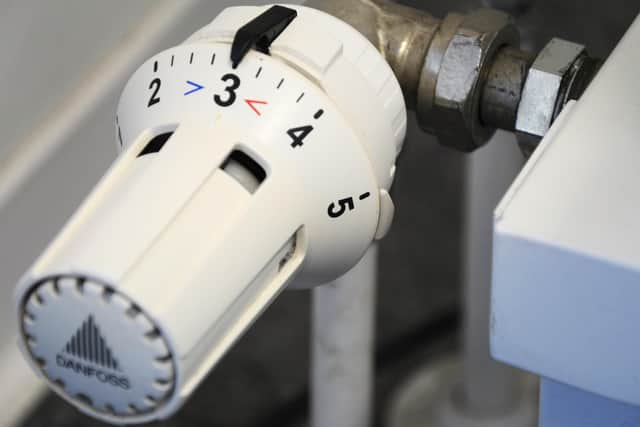Nearly two-thirds of homes in Broxtowe suffer poor energy efficiency
and live on Freeview channel 276
An environmental charity has said there has never been a stronger case for retrofitting inefficient homes.
Houses and other buildings are given an efficiency rating of A to G, based on numerous factors – such as levels of insulation, the type of central heating used, and how modern the building's lightbulbs are.
Advertisement
Hide AdAdvertisement
Hide AdFigures from the Office for National Statistics show 64 per cent of households in Broxtowe were living in homes with a rating of 'D' or below as of March.


The average energy efficiency rating for the area is 65 out of 100 – below the average of 68 across England.
Ratings are generally only given when homes are bought, sold or rented – with these figures only for homes that have received ratings in the past 10 years.
Mike Childs, head of policy at Friends of the Earth, said: "With households expected to struggle with high energy bills for years to come, the case for ending the nation’s heat-leaking homes scandal has never been stronger."
Advertisement
Hide AdAdvertisement
Hide AdHe urged the Government to introduce a ‘street-by-street’ insulation programme for homes, with a focus on those most in need.
He added: "This would not only slash bills, it would also boost energy security and massively cut UK emissions of planet-warming pollution.”
The figures further show the average home in Broxtowe produced an estimated 3.6 tonnes of carbon dioxide in the year to March.
Older homes are overwhelmingly less efficient than newer ones – just nine per cent of homes built before 1930 were in the top three rating bands, compared to 97 per cent of homes built in the past year.
Advertisement
Hide AdAdvertisement
Hide AdEnergy poverty charity National Energy Action said the most deprived families are hardest hit by poor energy efficiency.
Peter Smith, director of policy and advocacy at the charity said: "The UK Government promised a fair and affordable transition so the most vulnerable are not left in cold, living in expensive to heat homes.
"Yet there has been glacial progress to meet the Government’s legal requirements to bring all fuel poor homes in England up to a reasonable standard of energy efficiency by the end of this decade."
In 2014, the Government set a target of bringing as many fuel-poor homes up to band C as possible by the end of 2030.
Advertisement
Hide AdAdvertisement
Hide AdA spokesperson for the Department for Energy Security and Net Zero said: "We have allocated more than £12 billion in energy efficiency and low carbon heating during this Parliament, with a further £7.5 billion being made available from 2025 to 2028, to help create homes fit for the future, provide long-term funding certainty for industry and grow supply chains to scale up the delivery over time."
"An additional 300,000 of the UK’s least energy efficient homes are also in line for improvement under the new Great British Insulation Scheme – helping to heat homes and save families money on their bills.”